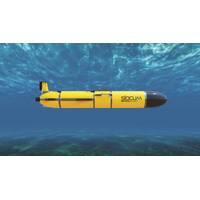
Teledyne Webb Research Unveils Slocum Sentinel Glider
on the technology of Teledyne Webb Research’s Slocum G3 Glider, offering greater endurance and payload capability.The Slocum Sentinel Glider scales the standard Slocum Glider through an increased diameter and length – 13 inches in diameter and over 8 feet long. This expanded size allows the Sentinel to hold over 3.5 times as many lithium primary batteries as the standard Slocum Glider and to accommodate up to eight different sensor or hardware integrations."The size of the Sentinel gives it the energy capacity to increase mission length to over two years, or users can fit more high-energy
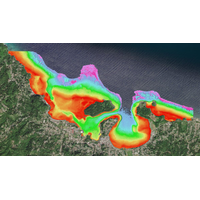
TCarta Plans Bathymetric Mapping Workshop for Jamaica
to building our expertise, so that we can use these tools more flexibly.”This year’s workshop seeks to produce SDB maps of the entire coastal area of Jamaica, including the environmentally and economically important Pedro Cays. Participants will extract seafloor depth data from multispectral Sentinel-2 satellite imagery and use NASA ICESat-2 LiDAR data for validation. The resulting data sets will include water depth measurements at 10-meter resolution to an average depth of 20 meters.“The 2024 workshop will be led by hydrographers from TCarta’s Colorado and Jamaica offices,&rdquo
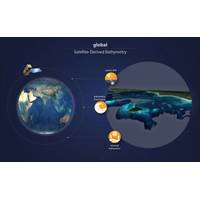
EOMAP Contracted for Shallow Water Bathymetry
on coastal issues, reliable open data that describe, monitor and forecast the environment is key. Nearshore bathymetry datasets as delivered by this project strengthen the Copernicus Marine Service portfolio, as it will now provide better monitoring of coastal zones, maximizing the use of Copernicus Sentinel missions; this is one of the top priorities for the Copernicus Marine Evolution.” says Angélique Melet, an oceanographer at MOi.“The project will combine multiple techniques to provide global shallow water bathymetry from satellite data. Our focus will be on optical bathymetry
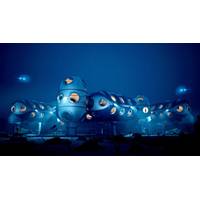
DEEP's #OccupyMare is about Persistent Human Presence Subsea
and technology organization DEEP announced its #OccupyMare mission: to Make Humanity Aquatic.The plan is for, on November 3, 2026, to deploy six fully-trained crew to DEEP's Sentinel oceanic habitat system, beginning the era of humanity's continuous presence underwater.According to DEEP, the Sentinel habitat system is deployable anywhere on the planet's continental shelf and operates at ambient pressure in depths of up to 200m. The system is engineered to be modular and reconfigurable, with the smallest configuration allowing for rotating crews of six, who live and work continuously in
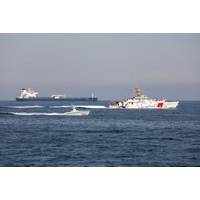
US Navy Sends a USV Through the Strait of Hormuz
reportedly the Navy's fist for a USV through the busy and strategically important strait, demonstrating the continued operational integration of unmanned and artificial intelligence systems by U.S. maritime forces in the Middle East.The L3 Harris Arabian Fox MAST-13 USV was accompanied by a pair of Sentinel-class Coast Guard cutters, USCGC Charles Moulthrope (WPC 1141) and USCGC John Scheuerman (WPC 1146), sailing south from the Arabian Gulf through the Strait of Hormuz before entering the Gulf of Oman. The vessels are operating in support of the International Maritime Security Construct, an 11-nation
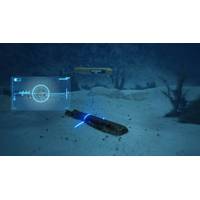
Racing to the Bottom: Seabed Warfare Brings Threats, Opportunities
Sabertooth double hull, which can operate at depths of 3000 meters for up to six months at a time, could be strategically prepositioned to provide persistent, autonomous surveillance and inspection. In shallower, coastal regions, intrusion detection systems could be deployed, such as Sonardyne’s Sentinel, which can detect divers and UUVs at ranges of up to 1200 meters, even in cluttered coastal environments. Energy to power seabed sensors and resident AUV systems could be provided by a deep sea fuel cell power station, such as the Subsea Supercharger, currently under development by Teledyne Energy
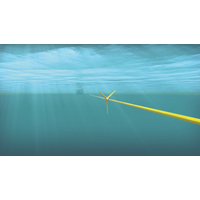
Sercel's Marine Seismic Acquisition System for KIGAM's Seismic Survey Vessel
French marine seismic data specialist CGG said Monday that its subsidiary Sercel had sold a complete marine seismic acquisition system to South Korean shipbuilder HJ Shipbuilding & Construction.The contract calls for the supply of a Seal 428 recording system, including Sentinel streamers, a Nautilus streamer positioning system, and G-Source II high-performance impulsive sources. The system will be delivered in the first half of 2023 to equip the R/V TAMHAE3, a 3D/4D seismic research vessel designed for the Korea Institute of Geoscience and Mineral Resources (KIGAM)."Taking advantage of the
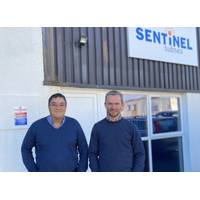
Sentinel Subsea Attracts Investment for Subsea Well Monitoring Tech
as an essential commitment to environmental integrity as the industry focuses on the energy transition. There is no other technology that provides asset operators the assurance that Sentinel’s system gives. We are excited to be part of the next stage of growth for the business and support the Sentinel team.”Kerry Sharp, Director of Growth Investments at Scottish Enterprise, said: “Scottish Enterprise has supported Sentinel Subsea in a number of ways since its inception during our 2018 Grey Matters entrepreneurship programme. Our contribution to this latest funding round demonstrates
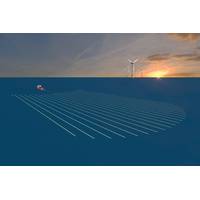
Sercel, Kappa Offshore Collaborate on High-Res 3D Marine Seismic Solution
Sercel and Kappa Offshore Solutions offer PIKSEL, a 'compact' marine seismic solution specially designed for acquiring the seismic data for high-resolution 3D imaging of targeted offshore areas. Using Sercel’s Sentinel streamer technology and Kappa Offshore Solutions’ experience in equipment integration and hydrodynamic modeling, PIKSEL is designed to acquire high- and ultra-high-precision seismic data, drawing on the low noise performance of its Sentinel streamer’s hydrophone design as well as an optimized rigging and handling system that minimizes vibration. For



 February 2024
February 2024





